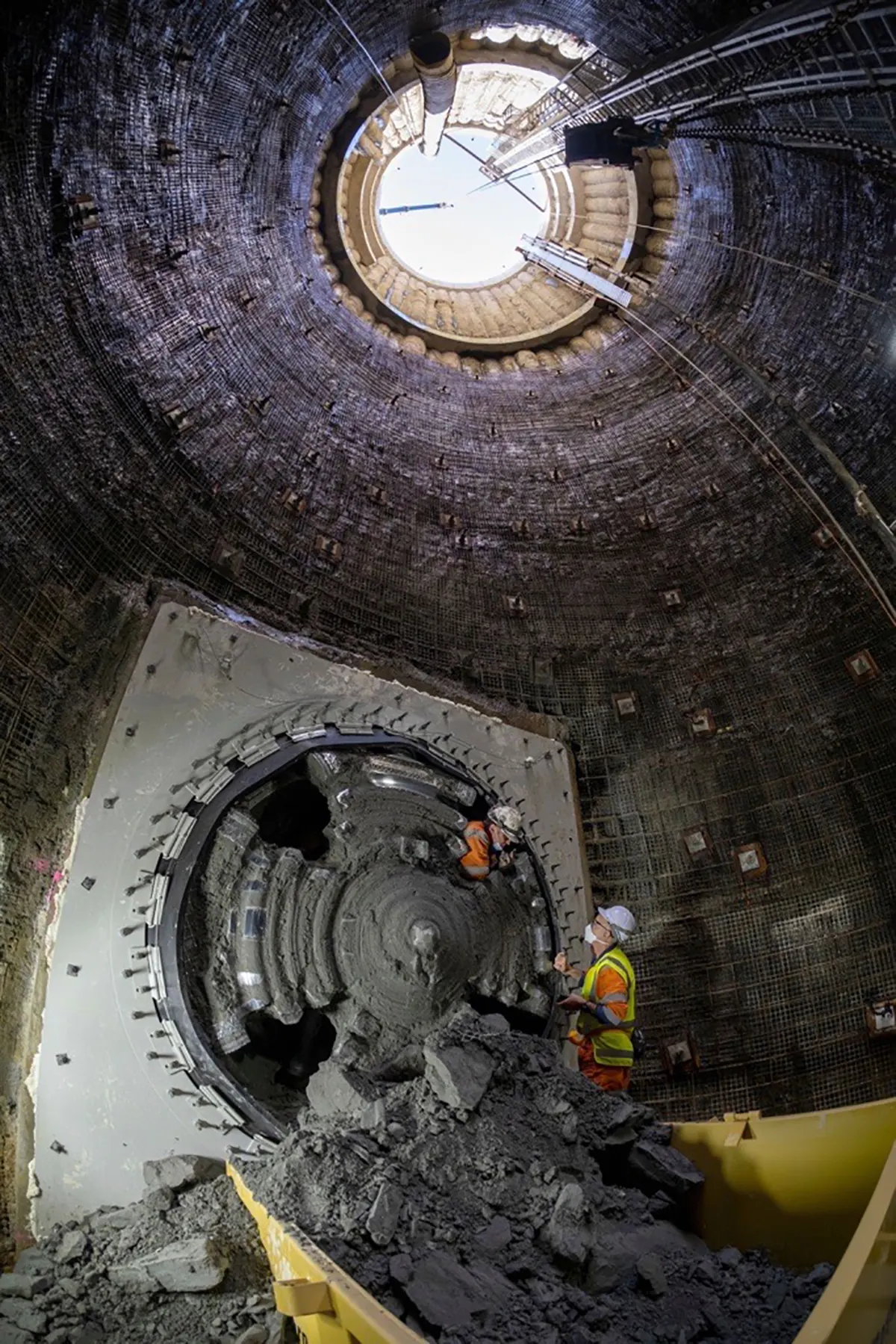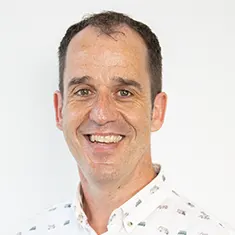
Auckland Central Interceptor
NZ’s largest water sector tunnelling project
The Auckland Central Interceptor is an integral part in Watercare’s long-term strategy to manage wastewater in Auckland Tāmaki Makaurau. It is the country’s largest and most complex water sector tunnelling project. At 14.7km long and 4.5m in diameter, it will also be the longest bored wastewater pipe in NZ! The city will benefit from reduced overflows into the harbour and the risk this poses to public health and the environment.
The existing pipeline that passes under Manukau Harbour was built in 1964. If it is damaged, untreated wastewater could spill into the harbour. When it rains, the network overflows into local waterways.
Watercare are working with the Ghella Abergeldie Joint Venture. Most of the construction work will be underground, and it must be built below the basalt rock. As the depth of basalt varies, so too the tunnel depth ranges from 15 to 110 metres.
how did we optimise, earlier?
We were involved early! Initially this was through Andy leading the geotechnical design as input for lead designer Arup. Michael undertook analyses and detailed geotechnical designs for shaft structures and managed the settlement assessments for most of the shafts. So, we helped win the contract.
We have been retained by the delivery team to continue to undertake additional complex soil/structure interaction analyses for specific shafts and chamber structures. Many of these involve supporting existing Watercare critical assets during construction. These include Western Interceptor Sewer, Eastern Interceptor Sewer, and Southwest Interceptor Sewer. We work collaboratively with Watercare’s design team to achieve an optimal outcome.
While working ‘in the trenches’ with the contractor, we are also peer reviewers (in a joint venture with NOMA Consultants) for all geotechnical design elements held by the contractor. We helped win, we work out how to do the work – and then add a layer of review to design by others.
Andy has been able to bring specific knowledge from previous projects in Auckland, therefore with Andy and his team, we were able to optimise some design elements. By involving Andy O’Sullivan in the early stages of the design they were able to add value to the project.




